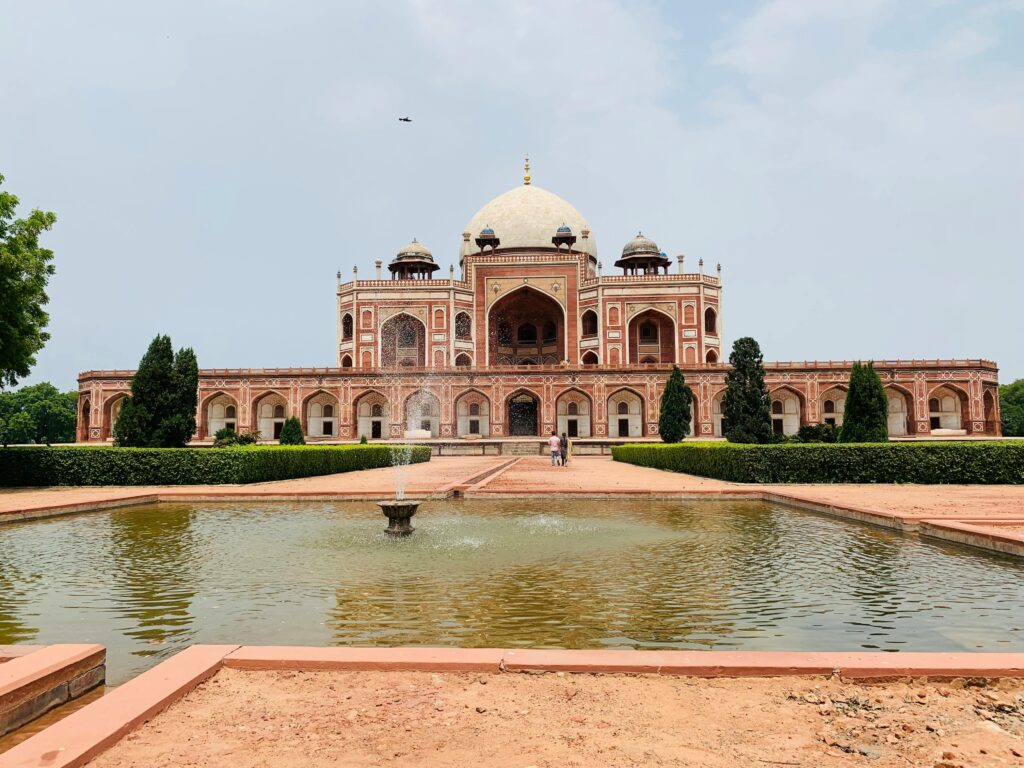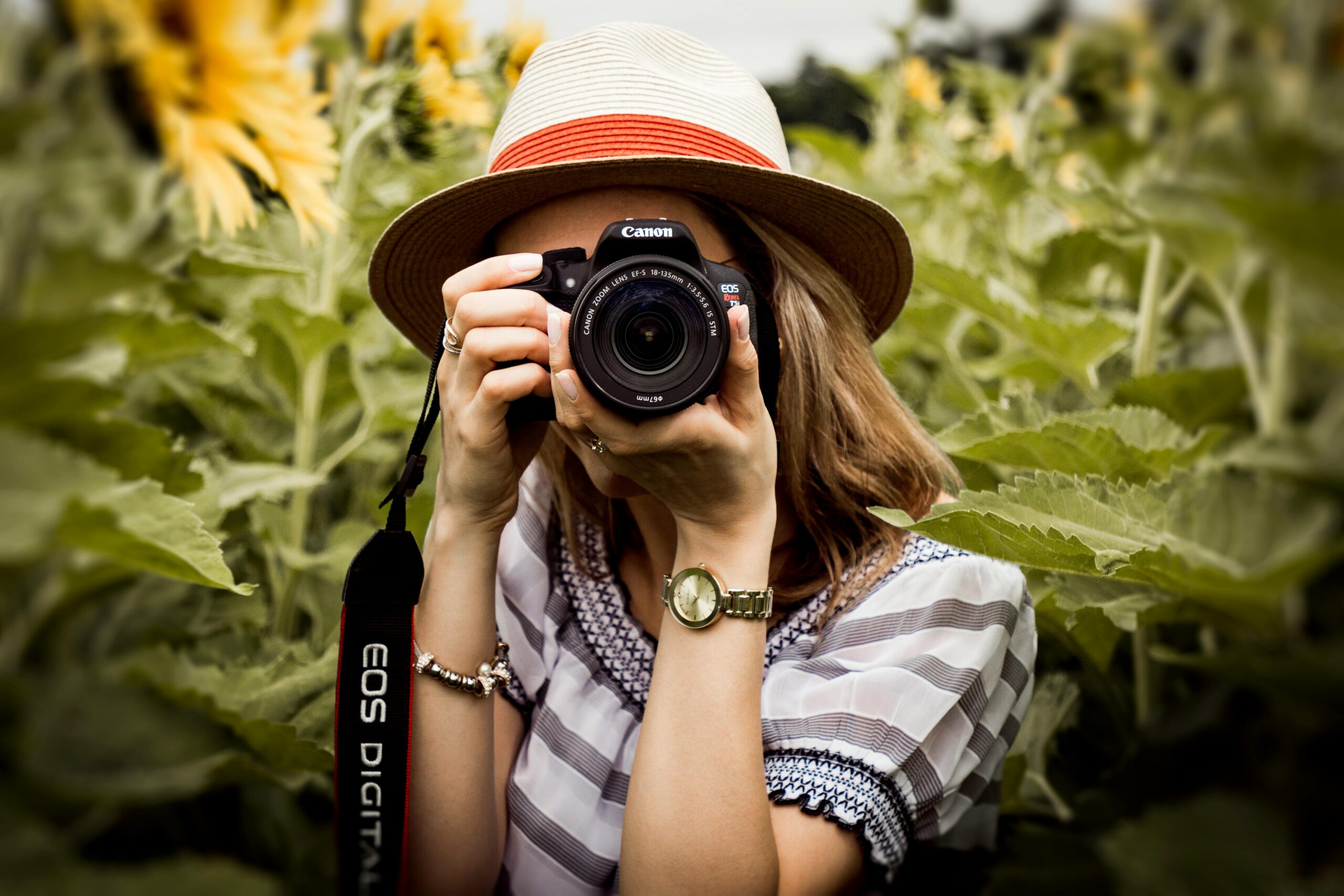Delhi, India’s capital city, is a blend of modernity and tradition, offering photographers an unparalleled canvas. From magnificent Mughal-era structures to the vibrant streets of Old Delhi, the city offers diverse settings for both budding photographers and seasoned professionals. Whether you are looking for grand architecture, serene landscapes, bustling markets, or street photography, Delhi has it all. In this blog, we will explore the best photography spots in Delhi that provide unique opportunities to capture the essence of the city.
1. India Gate: Iconic War Memorial
Best Time to Shoot: Early Morning or Golden Hour
India Gate, one of Delhi’s most famous landmarks, is an absolute must for any photographer visiting the city. This monumental war memorial, constructed in honor of soldiers who died during World War I, stands majestically in the heart of Delhi. The imposing structure, made from sandstone, exudes a sense of solemnity and grandeur, offering a perfect setting for a variety of shots.
The best time to visit India Gate for photography is early morning, when the light is soft and the crowds are fewer. Alternatively, capturing the gate during the golden hour, when the setting sun bathes the monument in a warm glow, can add a dramatic effect to your photos. The surrounding lawns and fountains make for excellent wide-angle shots, and you can capture the monument from different angles to highlight its beauty and scale.
Photography Tips:
- Use a wide-angle lens to capture the entirety of the gate, and include the surroundings to show its grandeur.
- Experiment with long-exposure shots to capture the movement of people and vehicles around the gate at sunset or dusk.
- Focus on the intricate carvings on the monument for a detailed shot.
2. Qutub Minar: The Tallest Brick Minaret
Best Time to Shoot: Sunset or Early Morning
Qutub Minar, a UNESCO World Heritage site, is another iconic landmark in Delhi. Standing at a height of 73 meters, this towering minaret built by Qutb-ud-Din Aibak in 1193 is a marvel of Indo-Islamic Afghan architecture. The structure features beautiful inscriptions and intricate carvings, which make it a fascinating subject for architectural photography.
The soft light of the early morning or the warm glow of the sunset makes the Qutub Minar look stunning. The surrounding gardens and the other historical structures in the complex, like the Iron Pillar and the Quwwat-ul-Islam Mosque, provide ample opportunities for photographers to explore different compositions.
Photography Tips:
- Use a telephoto lens to capture the intricate details of the carvings and inscriptions on the Qutub Minar.
- Experiment with wide-angle shots to capture the full height of the minaret and its surroundings.
- Use the surrounding gardens and structures to create depth and perspective in your images.
3. Humayun’s Tomb: Mughal Majesty
Best Time to Shoot: Sunset or Golden Hour
Humayun’s Tomb, the final resting place of the Mughal Emperor Humayun, is a stunning example of Mughal architecture. The tomb is surrounded by beautifully manicured gardens, fountains, and symmetrical pathways, making it one of the most photogenic locations in Delhi.

The golden hour is a great time to capture the monument, as the soft light highlights the intricate carvings on the tomb and the reflection in the surrounding pools. The lush green gardens, with their well-maintained pathways and trees, add a natural element to your compositions, contrasting beautifully with the red sandstone and white marble tomb.
Photography Tips:
- Capture the symmetrical reflection of the tomb in the pools during the golden hour for a breathtaking shot.
- Focus on the detailing in the architecture, such as the jharokhas, arches, and carvings.
- Use a wide-angle lens to showcase the grand scale of the tomb and the surrounding gardens.
4. Red Fort: Mughal Grandeur
Best Time to Shoot: Early Morning or Late Afternoon
The Red Fort, or Lal Qila, is another historical masterpiece that offers great opportunities for photographers. Built by Emperor Shah Jahan in the 17th century, the fort is a prime example of Mughal military architecture. The fort’s massive red sandstone walls, intricate interiors, and expansive courtyards make it one of the most photogenic sites in Delhi.
Morning light enhances the red sandstone’s natural hues and allows you to capture the fort in all its grandeur before the crowds arrive. Alternatively, shooting the fort during the late afternoon, when the light softens and the shadows grow longer, can create dramatic effects.
Photography Tips:
- Capture the fort’s towering gates, like the Lahore Gate, from a low angle to emphasize their grandeur.
- Experiment with wide-angle shots to capture the entire structure, or focus on intricate details like carvings, arches, and doorways.
- Use a zoom lens to capture close-ups of the detailed designs on the walls and pillars.
5. Lotus Temple: A Symbol of Peace
Best Time to Shoot: Early Morning or Dusk
The Lotus Temple is one of Delhi’s most unique architectural structures. Shaped like a lotus flower, this Bahá’í House of Worship is known for its elegant design and serene ambiance. The white marble petals against the backdrop of a clear blue sky provide an excellent subject for architectural and landscape photography.
The best time to capture the Lotus Temple is during the early morning or at dusk, when the light is soft, and the surroundings are less crowded. The peaceful surroundings, including the reflecting pools and lush gardens, add a calm and tranquil atmosphere to your shots.
Photography Tips:
- Use a wide-angle lens to capture the full structure and its surroundings.
- Experiment with the symmetry of the petals and the reflection in the pools to create visually interesting compositions.
- Capture the intricate carvings on the temple’s facade using a telephoto lens.
6. Jama Masjid: The Majestic Mosque
Best Time to Shoot: Early Morning or Sunset
Jama Masjid, one of the largest and most impressive mosques in India, is a remarkable example of Mughal architecture. The mosque’s imposing structure, large courtyards, and delicate minarets make it a favorite location for photographers. The bustling atmosphere outside the mosque, with vendors, pilgrims, and tourists, adds life to your shots.
For the best photographs, visit early in the morning when the mosque is quieter, and the light is soft. Sunset also offers a magical backdrop, as the setting sun creates a warm glow on the mosque’s marble surfaces.
Photography Tips:
- Capture the mosque’s grand entrance or its majestic minarets from a low angle.
- Use a wide lens to photograph the expansive courtyards and the bustling scene outside the mosque.
- Focus on the intricate details of the mosque’s carvings and tiles.
7. Chandni Chowk: The Vibrancy of Old Delhi
Best Time to Shoot: Late Afternoon or Evening
Chandni Chowk, one of the oldest and busiest markets in Delhi, is a photographer’s paradise. The narrow lanes, colorful shops, and street food vendors create a dynamic environment perfect for street photography. The historical buildings and monuments that line the streets add a touch of heritage to the vibrant chaos of the market.
Late afternoon or evening is the best time to shoot Chandni Chowk. The lighting is softer, and the area comes alive with people, sounds, and colors, making it an ideal moment to capture the essence of Old Delhi.
Photography Tips:
- Use a fast lens to capture the movement of people in the crowded market streets.
- Look for interesting street scenes, such as vendors selling spices, fabrics, and jewelry, or people engaged in conversations.
- Focus on candid moments and interactions to showcase the lively atmosphere of the market.
8. Lodhi Garden: A Tranquil Escape
Best Time to Shoot: Early Morning
Lodhi Garden, a peaceful retreat in the heart of Delhi, is perfect for photographers who appreciate nature and history. The garden is home to several tombs dating back to the Lodhi dynasty, surrounded by lush green lawns, ponds, and tree-lined pathways. The serene environment is ideal for both landscape and portrait photography.
Early morning is the best time to visit Lodhi Garden, as the soft light of the sunrise illuminates the tombs and gardens. The stillness of the morning also provides the perfect opportunity to capture the reflections in the water.
Photography Tips:
- Use a telephoto lens to isolate the tombs and capture close-up details of the architecture.
- Experiment with wide-angle shots to showcase the symmetrical gardens and pathways.
- Capture the reflections of the tombs in the water for a serene and atmospheric image.
9. Dilli Haat: A Cultural Kaleidoscope
Best Time to Shoot: Daytime
Dilli Haat is an open-air market that offers a unique glimpse into India’s cultural diversity. With its colorful handicrafts, traditional clothing, and street food stalls, the market provides endless opportunities for vibrant, lively photographs. The bustle of the market, combined with the array of colors, makes it a perfect location for capturing the essence of Indian culture.
Daytime offers plenty of natural light, making it easy to photograph the intricate details of the handicrafts, textiles, and other products. The diverse people and traditional music add further character to your photos.
Photography Tips:
- Focus on capturing the intricate details of the crafts and textiles.
- Take candid portraits of the artisans and visitors to showcase the lively atmosphere of the market.
- Use a shallow depth of field to isolate subjects and create a more dynamic composition.
10. Sultanpur Bird Sanctuary: Nature and Wildlife Photography
Best Time to Shoot: Early Morning or Late Afternoon
Located just outside Delhi, Sultanpur Bird Sanctuary is a hidden gem for nature and wildlife

